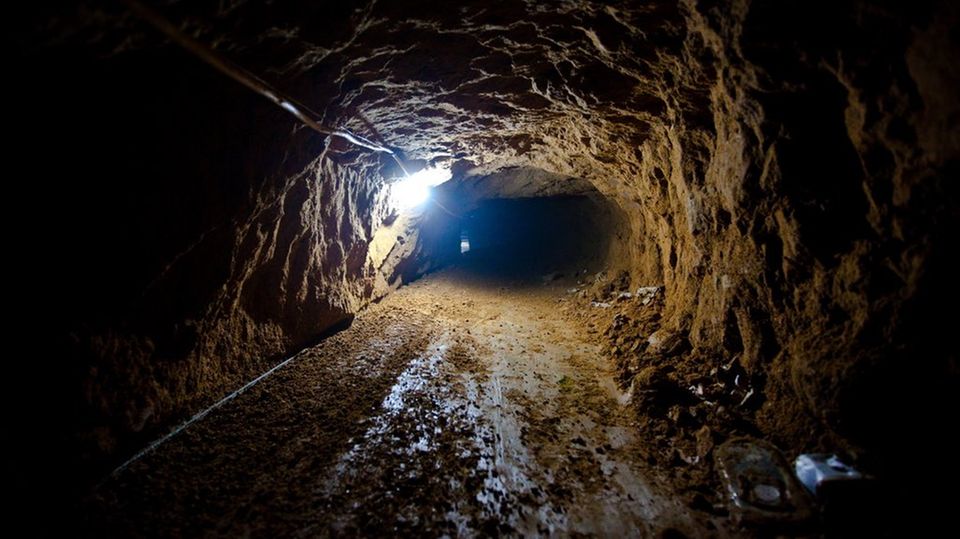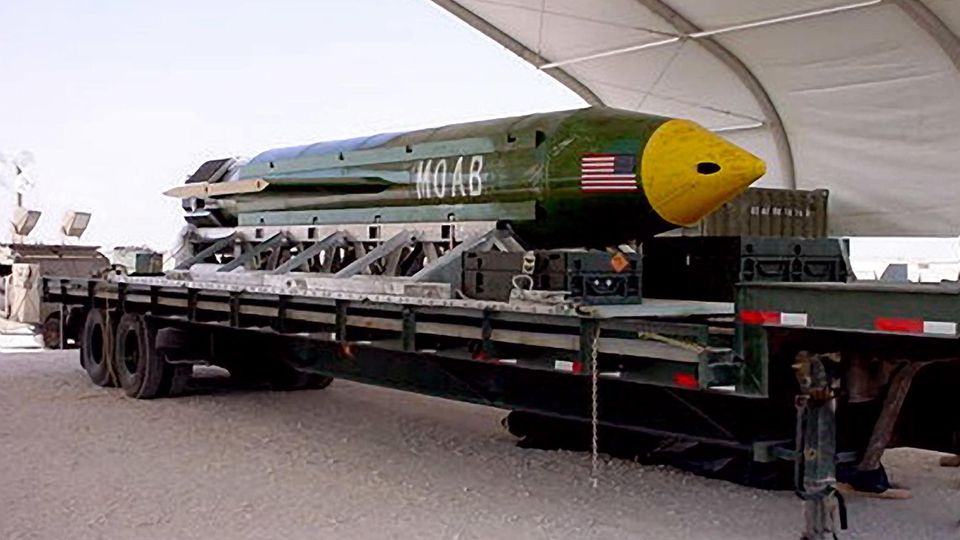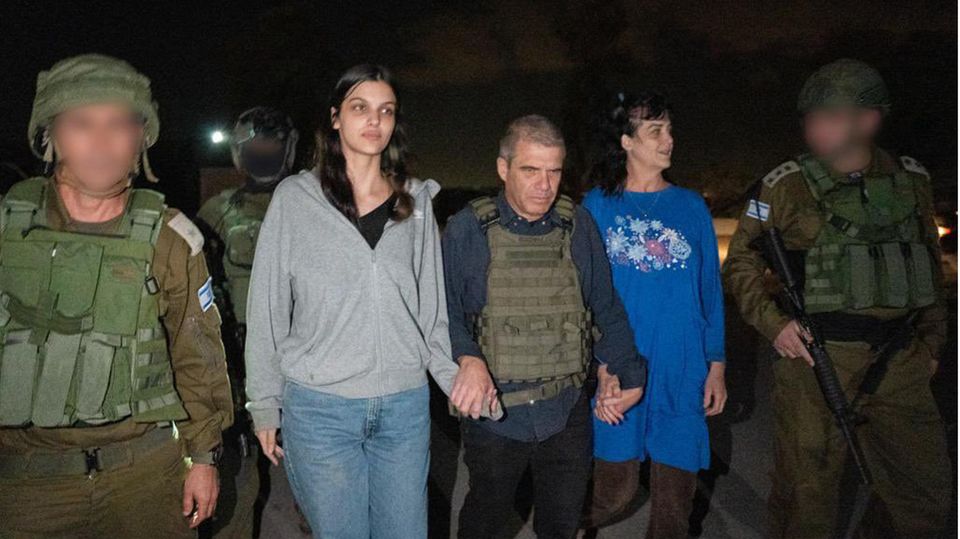The biggest obstacle to the Israeli military’s invasion of Gaza is Hamas’s tunnel system. To free the hostages, an Israel could choose an operation that led to tragedy in Moscow in 2002.
Tunnels, tunnels, bunkers or caves have always helped to consolidate the resistance of the defenders because they had safe places to retreat and could store protected supplies. Only one thing could never happen: the defenders could not lose the surface above their underground facilities. Even in the Middle Ages and before, there was a simple method of fighting underground bases: they were smoked out. Large fires were lit in places where the cave or structure had access to air. Smoke, heat and lack of oxygen did the rest.
The emphasis in the word tunnel system is on the second noun, the system. In street fighting, bunkers, shelters and tunnels are particularly useful when they are connected and the defenders can move unnoticed by the opponent. In order to disable the system, not every tunnel and bunker has to be destroyed. It is enough if the connecting wires are cut in many places and the large system breaks down into small segments.
Destruction of connections
Israel is currently preparing the ground offensive in the Gaza Strip, and the tunnel system is being continually worn down by bomb attacks. Houses are bombed and the entrances and exits are buried in the basements. The Israeli Air Force uses special bunker busters for this purpose. They break through the earth’s surface, drill into the depths, break even meter-thick concrete and explode deep beneath the earth’s surface. Typical signs are broken streets in the Gaza Strip, where the shattered debris of the road has been pushed up from below. Israel uses the MPR500 from Elbit System, the bomb penetrates one meter of reinforced concrete or four layers of 20 centimeters.
Since the Hamas terrorists cannot show themselves openly, it is not possible to repair such damage. As long as the Air Force finds additional targets, it makes sense to wait with a massive deployment of ground troops. The airstrikes harm Hamas every day without causing any casualties among Israeli troops. Importantly, Israel is using up Hamas’ capabilities without the terrorists having begun to kill the hostages.
Father and mother of all bombs
Although the attacks have little regard for the civilian population, other methods of fighting bunkers are taboo. Both Russia and America have bombs that have the effect of a tactical nuclear weapon. The American “mother of all bombs” is based on a different principle than the (even stronger) Russian “father of all bombs”, but the effect is the same.
In 2017, the USA used the “Mother of all Bombs” against an underground bunker facility. These weapons don’t penetrate the underground fortress like a bunker buster, they act like Thor’s hammer hitting the ground. The pressure wave destroys people’s internal organs; tunnels and bunkers are simply crushed by it. Deep bunkers can survive the operation, but after the explosion they have no access to the surface. On the surface the effect is devastating, so it is unlikely that such weapons, which destroy entire bunker systems at once, will be used.
Construction foam instead of grenades
The Israeli soldiers are also preparing for the fight underground. And definitely different than in previous wars. During the First World War, underground fighting took place with blackjacks and special cutting knives. In the second then with flamethrowers. The IDF has developed a so-called “sponge bomb” for tunnel combat. It works like a kind of super construction foam. Instead of exploding and causing a tunnel to collapse, it plugs the cavity with a quickly binding foamed plastic.
How it works is very simple: there is a bag in a container, and there are two other containers in it that contain different chemicals. If the bag is thrown or otherwise damaged, the substances mix and the reaction occurs. It’s not high-tech, but it’s very effective because plugging the tunnel makes it useless. The “sponge bomb” does not create a pressure wave. Flamethrowers were also used in World War II for the same reason. The sponge bomb can be used by friendly soldiers in a confined space without the explosion killing them themselves. In tunnel systems, pressure waves have a devastating effect because, unlike on the surface, the detonating gas has little space to expand.
There is a wide range of applications of such loads. Your own troops can thus effectively cut off their pursuers and they can further restrict the enemy through foam barriers. Such charges can be placed by robots to render the tunnel system unusable. You can drive holes into the ground from the surface and then fill the tunnels with foam.
Nerve gas to rescue hostages
As a military facility, a tunnel system is not invincible; it can even become a trap. But the Israeli armed forces face special challenges: Hamas has kidnapped its hostages into the tunnels. That is why purely military means of force cannot be used if one does not want to sacrifice the lives of the hostages.
But penetrating the tunnels to free the hostages is also unsafe. Here, too, it is to be expected that the Hamas terrorists have prepared themselves and will kill the hostages before they are freed. Because a quick, paralyzing operation would hardly be possible in the underground labyrinth. The Middle East Eye portal quotes an anonymous source with a solution plan based on flooding the tunnels with a paralyzing nerve gas.
“The plan is based on the element of surprise in order to decisively win the battle through the use of internationally banned gases, especially nerve gas, and chemical weapons. Large quantities of nerve gas would be pumped into the tunnels,” writes the portal. With the help of US specialists, “large quantities of nerve gas are to be pumped into Hamas tunnels, which are capable of paralyzing physical movement for a period of between six and twelve hours.”
During this time the hostages could be rescued and the Hamas fighters killed. The quality of the anonymous source can be questioned, but the use of paralyzing combat gases is certainly an option. Such an operation was attempted in Moscow in 2002. During a hostage-taking in Moscow’s Dubrovka Theater, 40 to 50 Islamist terrorists took 850 people into their control. Russian special soldiers pumped a gas mixture of carfentanyl and remifentanil into the theater.
The result was fatal because the Russians had underestimated the effect of the gas. 125 hostages are said to have died from the gas cocktail. But the terrorists only managed to kill five hostages before being eliminated. If a gas can be found that is equally effective but less harmful, this method is promising. Given the size of the tunnels and the number of hostages, the surprise effect may only be partially successful. Some of the hostages will probably die. But Israel will never be able to rule out this risk.




